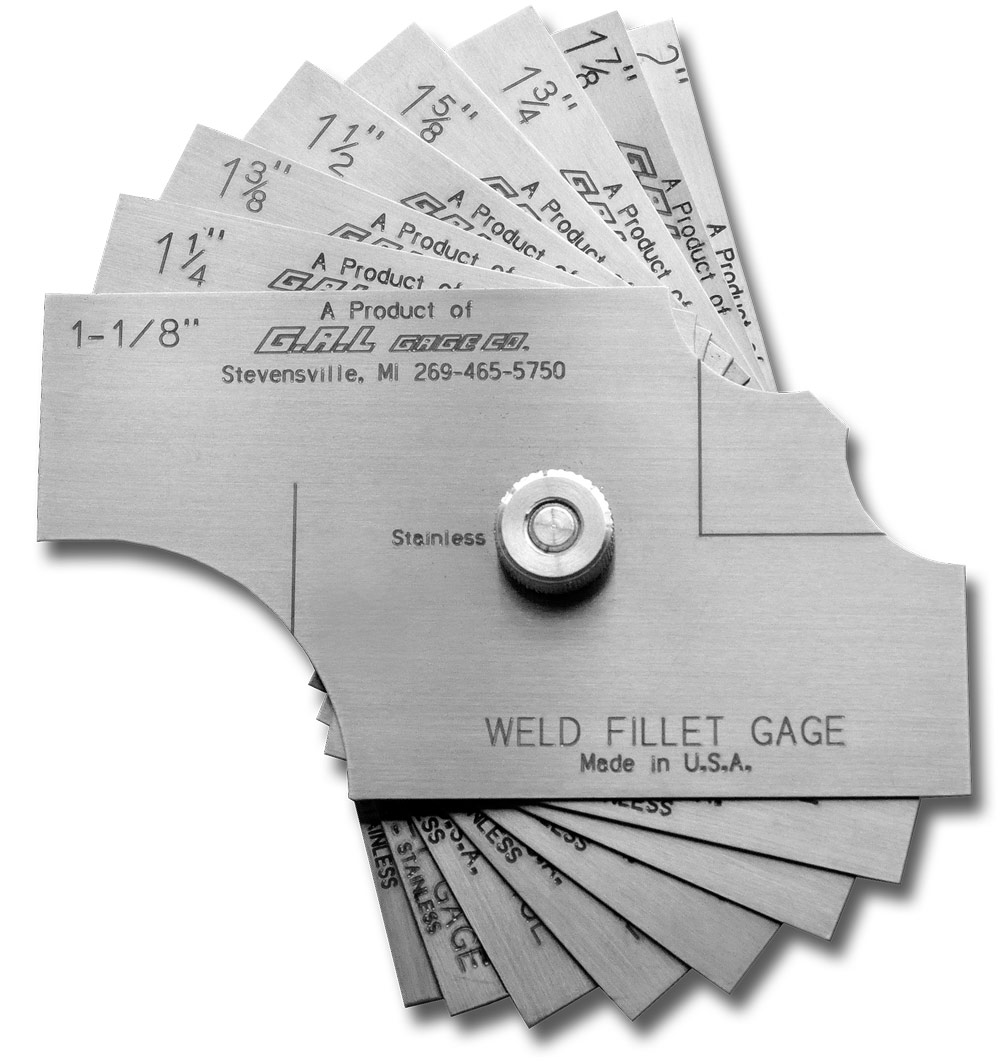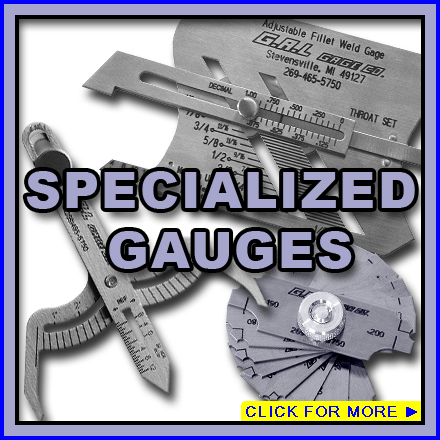Checking Out the Benefits of Fillet Welding in Construction: Cost-effective Solutions for Diverse Industries
In the realm of construction, the utilization of fillet welding presents a compelling suggestion for markets looking for cost-efficient remedies without compromising structural integrity. The benefits of fillet welding extend beyond plain financial cost savings to include enhanced architectural effectiveness, adaptability across diverse industrial applications, and the assurance of premium toughness and sturdiness. As we navigate through the sensible advantages that fillet welding offers, a deeper understanding arises of just how this welding strategy can change fabrication procedures across various sectors.

Cost-efficient Remedy for Construction
Fillet welding serves as a cost-effective option in construction procedures, providing both effectiveness and toughness. This welding strategy entails joining 2 pieces of metal at an angle, developing a triangular cross-section. The simpleness of fillet welding makes it a popular selection in different markets, consisting of building and construction, automotive, and production.
Among the vital advantages of fillet welding is its ability to decrease material and labor prices. By utilizing fillet welds rather than other complex joint styles, suppliers can save cash on materials and manufacturing time. In addition, fillet welding needs marginal prep work compared to other welding methods, additionally decreasing fabrication prices.
Furthermore, fillet welds supply superb architectural stamina, making certain the longevity and resilience of the fabricated parts. The triangular shape of the weld disperses stress and anxiety a lot more uniformly, reducing the probability of joint failing (Gauge Fillet Weld). This architectural honesty not only enhances the general top quality of the finished item however additionally lowers maintenance and repair service costs over time
Boosted Structural Effectiveness With Fillet Welding
Enhancing architectural effectiveness via the application of fillet welding strategies is a vital facet of ensuring optimum efficiency and resilience in made structures. Fillet welding plays a vital role in enhancing architectural effectiveness by properly dispersing tons and tensions throughout the welded joints. By producing a smooth transition in between the connected parts, fillet welds aid to improve the general stamina and stability of the framework.
One of the significant benefits of fillet welding in improving structural efficiency is its capacity to sign up with products of differing densities. This versatility enables for the building of lightweight structures without jeopardizing on toughness. In addition, the smooth account of fillet welds lowers stress focus, which can help prevent early failing of the welded joints.
Additionally, fillet welding allows the fabrication of complex geometries effortlessly, giving designers with more liberty in developing reliable and ingenious frameworks. By optimizing the style and placement of fillet welds, engineers can take full advantage of the architectural efficiency of fabricated parts, inevitably causing set you back financial savings and enhanced performance in varied industries.
Adaptability in Diverse Sector Applications
With its ability to satisfy a variety of product densities and geometric complexities, fillet welding stands as a functional manufacture method that finds applications throughout diverse industries. One essential location where fillet welding excels is in the production market, where it is used in the manufacturing of heavy equipment, tools, and architectural components. The auto industry likewise gains from fillet welding, using it in the setting up of car structures, chassis, and other check it out important frameworks. In the building area, fillet welding plays a vital role in signing up with steel light beams, columns, and various other structural components. Furthermore, the aerospace market relies upon fillet welding for the manufacture of airplane parts, making sure toughness and durability in important parts. The oil and gas industry uses fillet welding in the building and construction of pipes, platforms, and storage tanks, where the durable welds offer honesty and long life to these structures. In general, the flexibility of fillet welding makes it a vital procedure in different markets, using cost-effective options for intricate construction requirements.

Superior Toughness and Resilience
When click this taking into consideration welding methods for producing frameworks that require remarkable strength and long life, the focus moves towards methods that can constantly supply exceptional toughness and durability. Fillet welding plays a vital function in attaining these attributes because of its capability to offer significant toughness by distributing loads evenly across the bonded joint. This welding technique creates a triangular cross-section that improves the weld's resistance to different kinds of anxiety, including shear, stress, and compression pressures. As an outcome, frameworks fabricated making use of fillet welds show boosted resilience and can stand up to considerable mechanical forces without compromising their integrity - Gauge Fillet Weld.
The premium toughness and longevity supplied by fillet welding make it a perfect choice for applications in sectors such as building, automotive, aerospace, and manufacturing, where architectural honesty is critical. By making use of fillet welds in fabrication, designers and producers can guarantee that their items satisfy stringent quality and security criteria while enhancing cost-effectiveness and manufacturing effectiveness. Fundamentally, the exceptional resilience and long life offered by fillet welding make it a favored welding strategy for producing long lasting and robust frameworks throughout diverse markets.
Practical Benefits of Fillet Welding
Provided the shown premium toughness and toughness in bonded joints, the useful benefits of fillet welding expand past architectural stability to encompass efficiency and cost-effectiveness in construction procedures. Additionally, fillet welding enables for boosted performance due to its adaptability in joining various kinds of forms, densities, and products. On the whole, the useful advantages of fillet welding make it a valuable choice for business looking for affordable and efficient options in fabrication.
Conclusion
Finally, fillet welding supplies an affordable solution for construction, supplying improved architectural effectiveness, versatility in varied sector applications, exceptional stamina, and resilience. The practical advantages of fillet welding make it a preferred option for numerous construction projects across different fields. Its capacity to successfully join products while preserving structural stability makes it a beneficial strategy for making sure reliable and top notch lead to welding applications.

Furthermore, fillet welding calls for minimal preparation compared to other welding strategies, additionally decreasing manufacture expenses.

Offered the shown exceptional strength and durability in bonded joints, the practical advantages of fillet welding extend beyond structural honesty to encompass effectiveness and cost-effectiveness in construction processes - Gauge Fillet Weld.In verdict, fillet welding supplies a cost-efficient service for construction, giving enhanced structural effectiveness, flexibility in diverse market applications, remarkable stamina, and durability